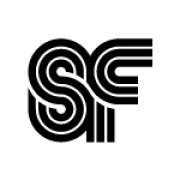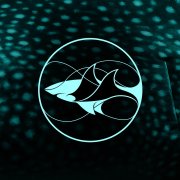Hi, Mark here – self-taught designer and the founder of a design studio called Superfried. As the name and background suggest, Superfried is anything but conventional. So I seek forward-thinking organisations, that are seeking unconventional ideas.
Launched from a London bedroom in 2007, Superfried now delivers award-winning brand strategy from sunny Manchester. I collaborate with external specialists to provide bespoke solutions for domestic and international clients. I believe this approach delivers the most versatile and cost-effective results.
As a graduate of environmental science, I provide a distinct perspective that aligns seamlessly with the ethos of sustainability-led organisations. A principle shared by Superfried as a proud member of 1% for the Planet.
To deliver effective strategies and creative solutions, client collaboration is key throughout the process. This is achieved via research, a lot of questions, and even more listening. Only then, can I begin to fully understand and resolve your challenges.
In addition to editorial recognition both online and in print, Superfried has won multiple awards for graphic design, branding, and typography. However, my greatest accolade are the verified reviews from happy clients, without whom this bold Superfried venture would not be possible.
If like Superfried, you want to be different, book a call to discuss how I can help you realise your ambitions. It will be great to chat with you over tea or WiFi.



















